Home > Auctions > 23 - 27 May 2023
Ancient Art, Antiquities, Natural History & Coins
Auction Highlights:
From the collection of a North American gentleman, formed in the 1990s.
Cf. Graham-Campbell, J., The Vikings, British Museum Publications, 1980, p.59, for a comparable chain; cf. Willemsen, A., Vikings! Raids in the Rhine/ Meuse region 800-1000, Utrecht, 2004, p.137, for similar.
Formerly acquired on the German art market in the early 1980s.
Previously in a European collection in the 1990s.
From an important central London collection.
This lot has been checked against the Interpol Database of stolen works of art and is accompanied by searcher certificate no. 200377.
Cf. Owen, O.A., A catalogue and re-evaluation of the Urnes style in England, Durham, 1979, pls.39, 54, 55, for similar interlaces in Urnes style.
The last phase of Viking art is the Urnes style from about 1050-1150. The Urnes style has gracefully curved lines of different width - swelling, tapering - but always in a curve. The tendril clusters from the Ringerike style are abandoned. The Urnes style developed shortly before the middle of the 11th century.
Private collection formed in Europe in the 1980s.
Ex Westminster collection, central London, UK.
Cf. MacGregor, A. et al., A Summary Catalogue of the Continental Archaeological Collections, Oxford, 1997, item 13.1, for similar.
Originally produced as a necklace element, refashioned at an unspecified point in antiquity into a pendant, possibly as early as the 9th-10th century A.D. Pendants of this type were worn strung together in groups, the tapering profile allowing them to sit comfortably as a collar below the neck. They were often worn suspended between two zoomorphic brooches. This example has been taken from a necklace and mounted on a suspension ring for use as an amuletic pendant.
Found whilst searching with a metal detector on a beach, probably having been washed out of a Viking burial from an overlooking cliff near Tenby, Pembrokeshire, UK, on Thursday 7th April 2016 by Kelvin Maddocks.
Recorded with the Portable Antiquities Scheme (PAS) with reference number NMGW-DA579E.
Accompanied by a copy of the PAS report including a museum drawing of the object, a copy of report number NMWPA 2016.43 sent to the finder.
Accompanied by copies of the relevant Treasure Hunting Magazine pages where it has been published.
Treasure Hunting Magazine, Portable Antiquities Scheme Corner, November 2021, p.38.
Family collection formed after World War II; thence by descent.
Ex London collection since 2016.
Cf. MacGregor, A. et al., A Summary Catalogue of the Continental Archaeological Collections, Oxford, 1997, item 4, for oval brooches; see also Ewing, T., Viking Clothing, Stroud, 2007.
Women's display jewellery in the Viking age comprised both utilitarian and symbolic items. The brooches were worn high on the chest, supporting an apron-type overdress (hangerok) with the beads and chains strung between them and various small items attached. The pendants probably symbolised the authority of the female in the domestic sphere (key, coin, spindle whorl), and in husbandry (model animal, crotal bells, model knife).
Acquired in Germany in the 1990s.
Formerly the property of a European gentleman living in Germany.
Ex West London, UK, collection.
Accompanied by an academic report by Dr Raffaele D’Amato.
This lot has been checked against the Interpol Database of stolen works of art and is accompanied by search certificate number no.11730-200376.
Cf. Romisch-Germanischen Zentralmuseum Mainz (RGZM), Das Reich der Salier, 1024-1125, Sigmaringen, 1992, pp.171ff., pls.172-173, Vitrine 7; Messal, S., ‘Imitationen karolingisch-ottonischer vorBilder? Zwei runde Bleianhänger mit kreuzmotiv und leiterbandkreis aus Rostock-Dierkow’ in Archäologisches Korrespondenzblatt, 2017, pp.549-562.
The gradual spreading of Christianity among the Danish Vikings can be seen in certain pieces of jewellery, as here, where a cross is clearly traced among the filigree ornaments. Pagan amulets - such as Thor's hammer - were first combined with cross motifs and finally completely replaced by crucifixes.
Private collection formed in Europe in the 1980s.
Westminster collection, central London, UK.
This lot has been checked against the Interpol Database of stolen works of art and is accompanied by search certificate no.203746.
Cf. Arbman, H., Birka I: Die Gräber, Uppsala, 1940, for discussion and comparable examples; cf. Sedov, B.B., Finno-Ugri i Balti v Epokhi Srednevekovija, Moscow, 1987, for discussion and comparable examples; cf. Korshun, V.E.. Yazcheskye Priveski Drevnei Rusi X-XIV Vekov, volume III, Moscow, 2013, item L.1.01.
Pairs of ravens were considered auspicious in medieval Scandinavian society. In pre-Christian times, two such birds were the informants of the god Odin, who relayed news of the deeds of men. They were also carrion birds, frequenting battlefields to feast on the bodies of fallen warriors.
Private collection formed in Europe in the 1980s.
Westminster collection, central London, UK.
Cf. Arbman, H., Birka I: Die Gräber, Uppsala, 1940, pl 84(5), for type.
From the family collection of a Hertfordshire, UK, gentleman since the 1970s.
with Bonhams, London, Sale 17880, 7 December 2010, lot 6.
Accompanied by a copy of the online Bonhams catalogue page, and the original lot ticket.
Cf. Graham-Campbell, J. & Kidd, D., The Vikings, London, 1980, item 45, for similar silver pendant from Foss, Iceland; cf. Weidenfeld and Nicolson ed., English Romanesque Art 1066-1200, Hayward Gallery, London, 1984, 248-254; cf. TimeLine Auctions 21/2/17, lot 400, for similar.
The original function of this rare and unusual pendant remains elusive. The use of expensive materials and the fine and detailed casting indicate that it would have been a highly prized object. The fusion of Christian and pagan religious motifs is typical of Iceland where the worship of the old gods continued into the 11th century. The Christian cross was used as a symbol of the new faith but the pendant also includes elements of pre-Christian ideas. Comparable objects appeared in an exhibition of English Romanesque Art 1066-1200, held at the Hayward Gallery, London, 5 April - 8 July 1984. The catalogue for this exhibition illustrates numerous small metal and gilded articles with similar grotesque terminals- No. 254 illustrated a late 12th century finial from a shrine, which is in the Victoria and Albert Museum (M.25 1962).
Ex Mayer collection.
Private collection, South West France.
with SVV Prunier, 11 October 2020, lot 79.
Ex central London gallery.
This lot has been checked against the Interpol Database of stolen works of art and is accompanied by search certificate number no.202075.
Cf. similar eagle figurine in the collection of the Metropolitan Museum of Art, New York, forming part of a larger display lectern, under accession no. 68.8.
Possibly used as a lectern at some point and modified for this purpose with a transverse ledge cut into the rear of the tail.
Ex Julius Böhler Ltd, Munich, Germany, 2000.
Ex central London gallery.
Accompanied by an academic report by Dr Raffaele D’Amato.
This lot has been checked against the Interpol Database of stolen works of art and is accompanied by search certificate no.11741-202052.
Cf. for similar style of painting Cuneo, P.F., ‘The Basilica Cycle of Saint Katherine's Convent: Art and Female Community in Early-Renaissance Augsburg’ in Woman's Art Journal, Vol. 19, No. 1 (Spring - Summer, 1998), pp. 21-25, figs.1-3; see also Christ and Mary as intercessors before God the Father, painting of Hans Holbein the Elder, in Bavarian State Painting Collection, inventory no. L.1507.
The base probably housed a statue of Christ. The painting, although mannerist, reflects the style of the Germanic Renaissance. The saints surrounding the dove are easily recognisable by their attributes. St Jerome as a penitent was often represented in front of a crucifix, next to him the hourglass and the skull, symbolising fleeing time leading to death. St Ambrose is represented with his whip, defending people from the enemies of the faith. St Michael is holding the sword and balance and St Augustine is represented with the child who appeared to him on the seashore admonishing him. Many representations from the Middle Ages show Pope St Gregory the Great (of a noble family and pontiff from 590 to 604) with the Dove of the Holy Spirit perched on his shoulder. St John the Evangelist is represented here according to the golden legend of Jacopo da Varazze, with a snake and a chalice.
Ex central London gallery.
Accompanied by an academic report by Dr Raffaele D’Amato.
This lot has been checked against the Interpol Database of stolen works of art and is accompanied by search certificate no.11740-202076.
Cf. the Metropolitan Museum, New York, accession number 17.190.344, for a similar example; Walters Art Gallery, Painted Enamels of Limoges, Baltimore, 1968; Campbell, M., An Introduction to Medieval Enamels, London, 1983; Toman, R. Romanesque Architecture, Sculpture, Painting, Cologne, 1997; Stratford, N., Catalogue of Medieval Enamels in the British Museum. Vol. II - Northern Romanesque Enamel, London, 1993.
Champlevé enamels were made at Limoges and in the valleys of the Rhine and Meuse from the 11th to the 14th centuries. Limoges workshops manufactured Eucharistic doves, which would have been hung over an altar as an evocation of the Holy Spirit. They were portable tabernacles, containing consecrated hosts.
217 - 228 of 2508 LOTS

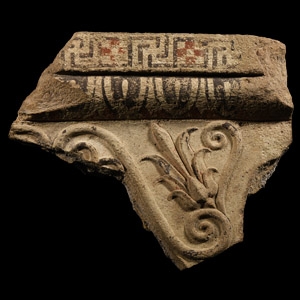
.jpg)


.jpg)
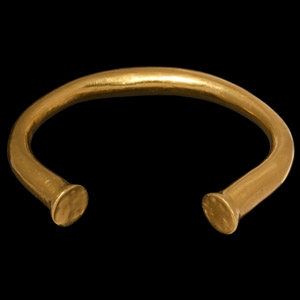
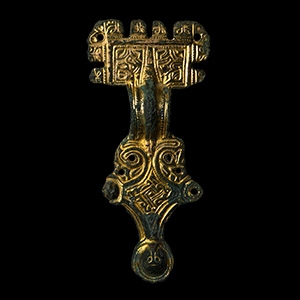

.jpg)
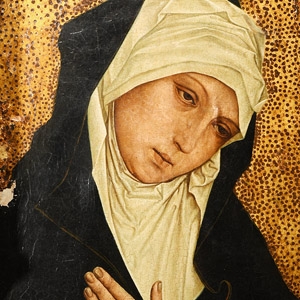

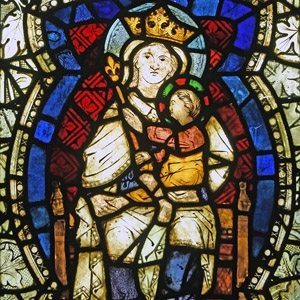
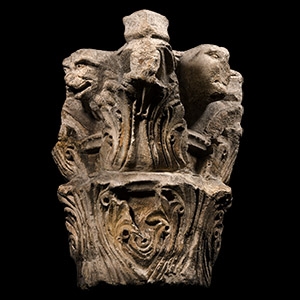
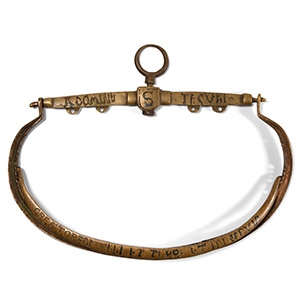
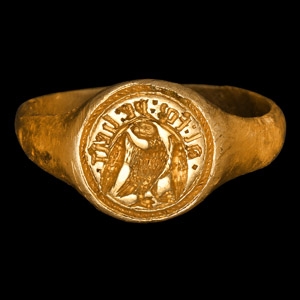
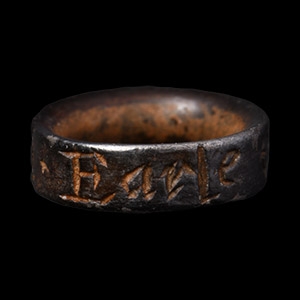
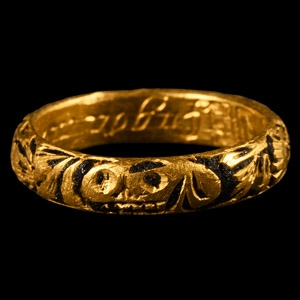
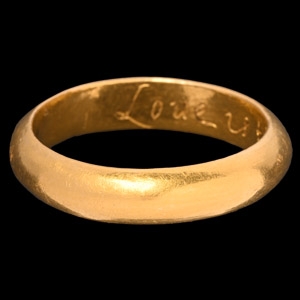
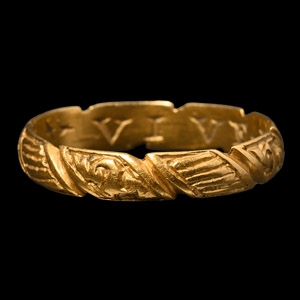
![English Milled Coins - George VI - 1937 - Cased RM Proof Coronation Gold Set [4] English Milled Coins - George VI - 1937 - Cased RM Proof Coronation Gold Set [4]](https://timelineauctions.com/upload/images/items/small/203351-s(2).jpg)
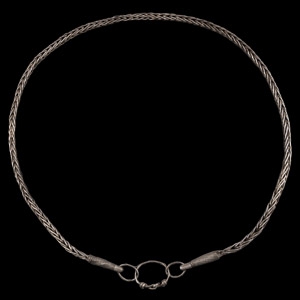
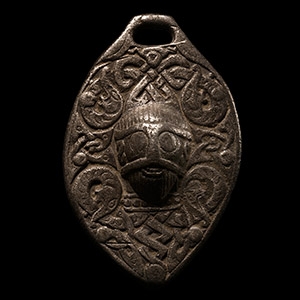
.jpg)
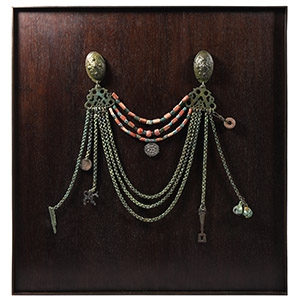
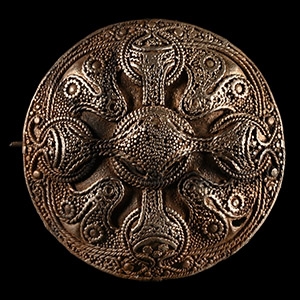

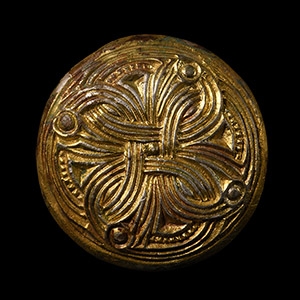
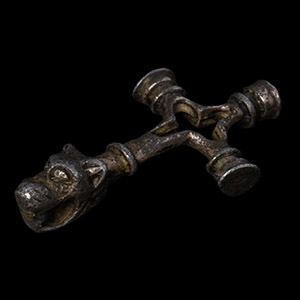
.jpg)





